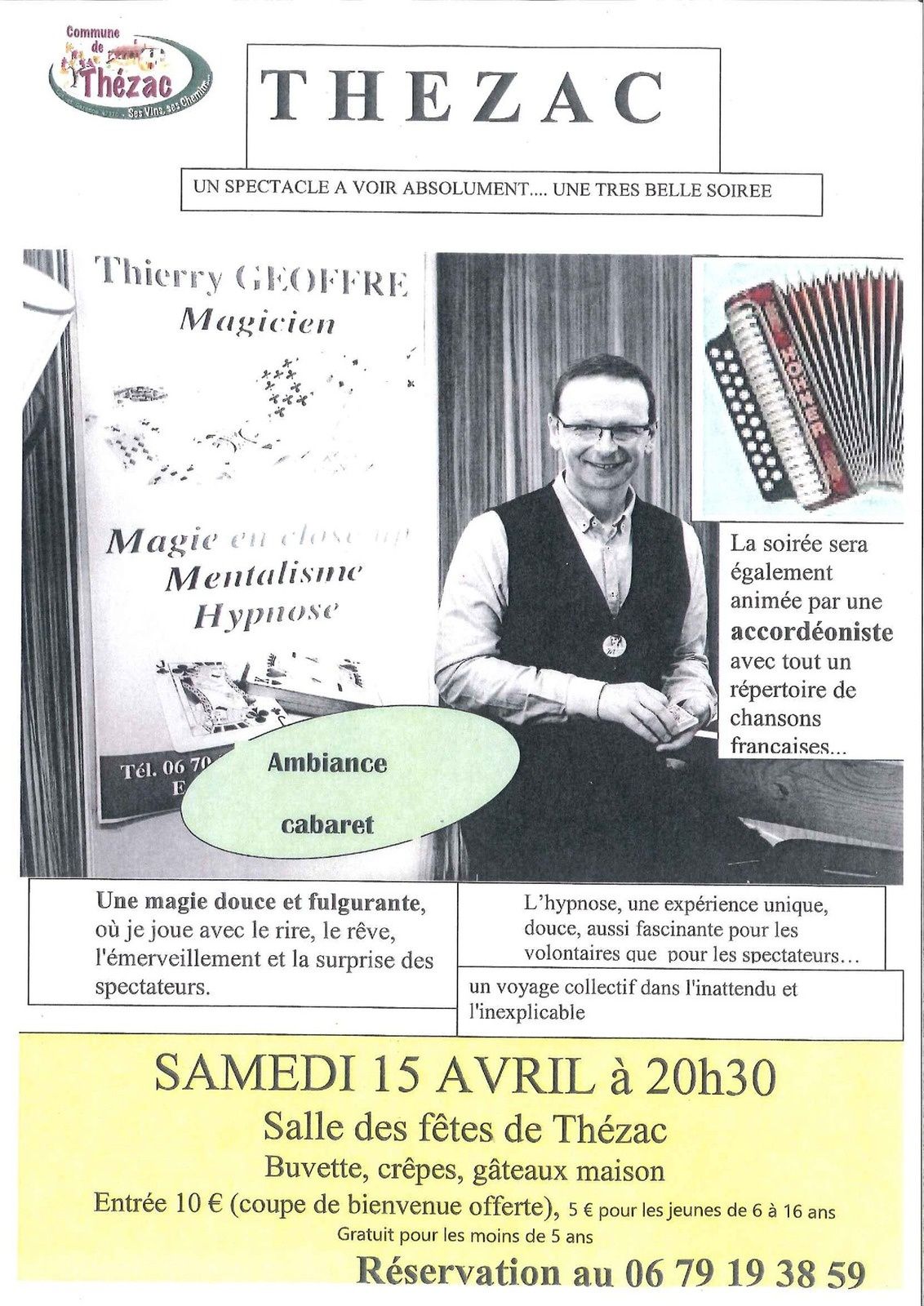

The originality of The Society of the Spectacle was to bring together two banalities, overlaying the 1840s themes of alienation, absolutely unmodified, with 1960s objects-consumer society, culture, publicity. Let us excerpt at random two definitions: the life of societies as an ‘immense accumulation of spectacles’, and then, ‘the spectacle is not a set of images but a social relation between persons, mediated by images.’ footnote 2 For every two phrases in this cult book, one depends on a crib where it is placed opposite a translation of its own argument, but amnesia and the driving of Marx from later minds have erased the translation’s left column-with its original passages on money, capitalism, ideology and so on.lifted from the Manuscripts of 1844 and elsewhere, which everybody knew at the time. Today the ‘young Hegelian’ seems ‘postMarxist’ though, in conceptual terms, he is actually pre-Marxist. The disintegration of the old Marx has given his great elder, Feuerbach, an air of novelty. In the early sixties, graduate students and candidates for the agrégation who haunted the halls of the Sorbonne, we were all of us Feuerbachians, keen on the style of the ‘young Marx’. Recognition of this plagiarism is a generational matter, and I quite under stand that it escapes the attention of the young. Feuerbach provides not only an epigraph for Debord, but a ready-made structure for his argument. This is true of both its syntax and vocabulary. The Society of the Spectacle, first published in 1967, should really bear the date 1841, the year of the first edition of The Essence of Christianity.

What was truly radical in Benjamin’s approach was its changing of viewpoints and methods of observation in the case of Debord, it was rather a formal effect, the form of the ‘Manifesto’, a remake of the posture of the Young Hegelians-the time is here, let us give back to man his own truth, our criticism will carry the revolution to its term. By contrast, the spokesman of the French arrièregardes took up a prophetic tone as the herald of a new age. As one might expect, his German precursor adopted a less rhetorical tone, soberly focusing his analysis on the present and on various real objects: photography and panoramas, arcades and tramways, the museums and squares of Paris, and Biedermeier furniture.

Thirty years later, Debord was still stirring up our philosophical past-the froth rather than the substance. In this respect, Walter Benjamin, as early as the thirties, was ahead of his time. Technology and religion, mechanization and spirituality: these are, it seems, the ‘rational core’ of our century, the decisive issue-and not ‘communism or capitalism’, ‘totalitarianism or freedom’, as our dominant intelligentsia have insisted for fifty years. It is these personal reflections that I propose to make available here. When a friend recently wrote to me along these lines, I was led to answer him in order to clarify issues which seem to arise from a theoretical misunderstanding. The recent death of Guy Debord has had a share in giving to his work of 1967, and to the Situationist trend of the sixties, a reputation as invaluable points of reference some researchers, who are particularly interested in the history of images and representation, have seen a parallel between the works of Walter Benjamin and Guy Debord, or have thought that they fit into a logical sequence. ‘The society of the spectacle’ is a phrase that has passed, in France, and I suppose elsewhere, into common parlance.


 0 kommentar(er)
0 kommentar(er)
